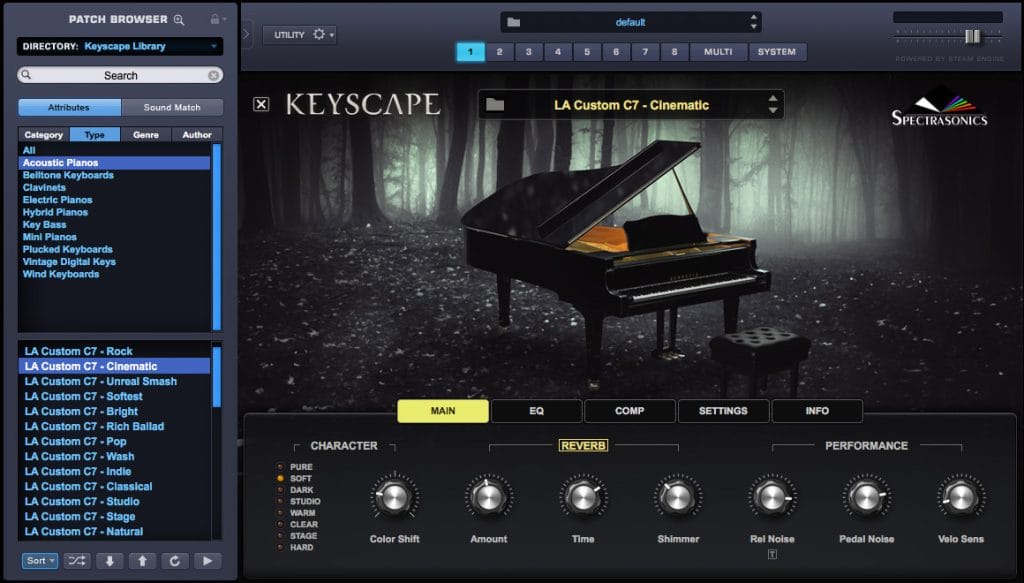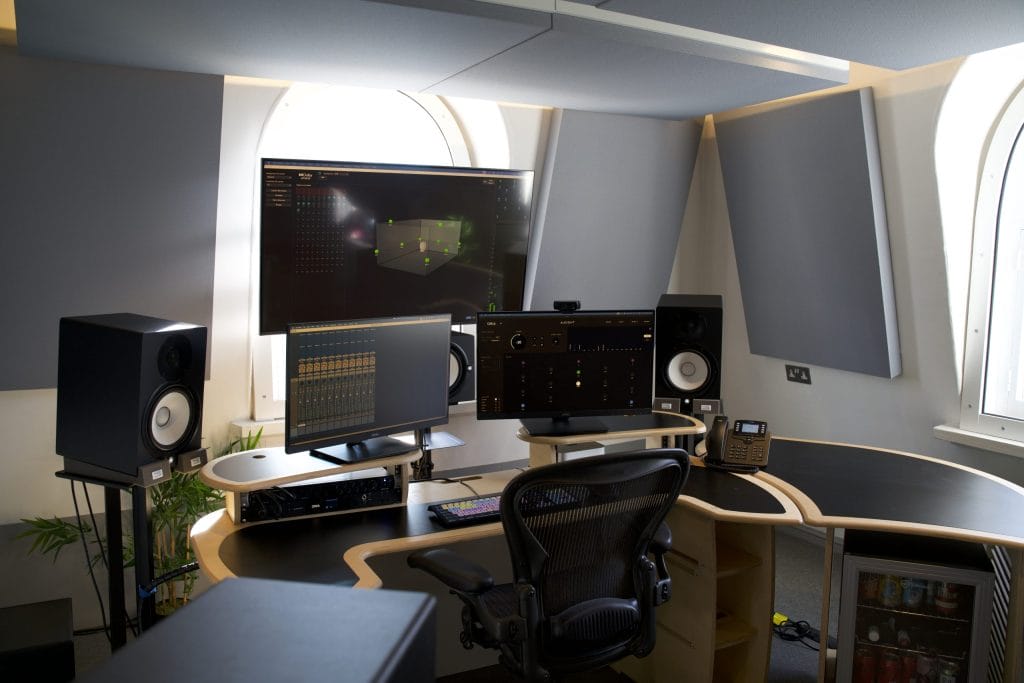Fresh off a string of high-octane performances and viral milestones, BIIANCO returns with their newest single “Bassline Vandal” via Ultra Records—an ecstatic, tactile, rave-ready weapon that sits somewhere between controlled chaos and trance-fueled catharsis. It is the kind of track that makes you move first and think later, which fits: BIIANCO’s creative process has always been as much about movement as it is sound. Whether performing with custom live rigs or producing in short, focused bursts between global tour dates, their work has evolved into something deeply tied to the body.
Across their answers below, BIIANCO speaks on how motion shapes momentum, how physical fatigue alters creative instincts, and why hardware-driven production often unlocks a kind of expressive clarity that the mouse cannot touch. With their new single out now and “Bruv Parade” around the corner, we caught up for a conversation on fluid setups, attention spans, and how ADHD has quietly shaped the way they work.
Connect with BIIANCO on Spotify | Instagram | TikTok | Soundcloud
Do you move around a lot during sessions, or are you more locked into your chair once you’re in it?
I have my hardware located around the studio so there’s some natural movement when I’m working out of my personal studio. But lately, I’ve been doing a lot more sessions while on tour, and with those I tend to sit stationary for far too long. I do like to stand in the best spots in the studio sonically so I can hear the mix once it’s ready, and during that I’m always dancing.
Have you found that certain gear setups encourage more physical interaction or flow?
I think the best setups are ones that are in a U shape with the DAW and computer at the center because the movement becomes very circular – allowing you to move fluidly from synth to synth. I am a huge fan of hardware and synths in my production, so I nearly always make my music in my studio with my hardware.
Do you ever take breaks mid-session to reset physically—and does that usually help creatively?
I have ADHD and tend to hyperfocus, so this is definitely something I struggle with. I prefer to build the movement into the session if I can so that I don’t take a break and lose my train of thought.
What’s your relationship with movement while producing? Do you pace, gesture, tap, nod—anything like that?
I nod and tap naturally when I’m producing. When I’m performing live, my feet are always keeping the rhythm. When I’m listening to a mix down, I tend to pull back, stand in the best spot in the room to hear the mix and dance. Apparently, my face is always moving – whether in the studio or not – I guess I’m the kind of musician who physically expresses my reactions, so lots of bass faces.
Have you ever used MIDI controllers, pads, or modular gear specifically because they feel more hands-on?
Always. This is much easier for me when writing or printing the parameter changes like filters and envelopes. I often feel claustrophobic or way too contained when I need to write parameter changes in the box. I much prefer to write MIDI parameter automation using a controller or print it with hardware.
When you’re physically tired, do you notice your music sounding different?
When I’m physically tired I’m more indecisive about creative choices in producing. It creates a brain fog, and I tend not to finish those songs in one sitting. If I’m rested and thinking clearly, I can finish a working mix of a song in one session.
Do you think movement helps you make decisions faster—or slow things down to be more intentional?
This is an interesting question. When writing, I think at first being too intentional works against the writing process and impedes the stream of consciousness flow. I try not to have too much intention in the beginning of the songwriting process. That comes out later when I am cleaning everything up and mixing things down.
So most likely, I am not moving a lot at first but towards the time I start getting more intentional with the mixing, I start stepping back and moving more.
The post Why BIIANCO Lets Movement Guide the Mix appeared first on Magnetic Magazine.






